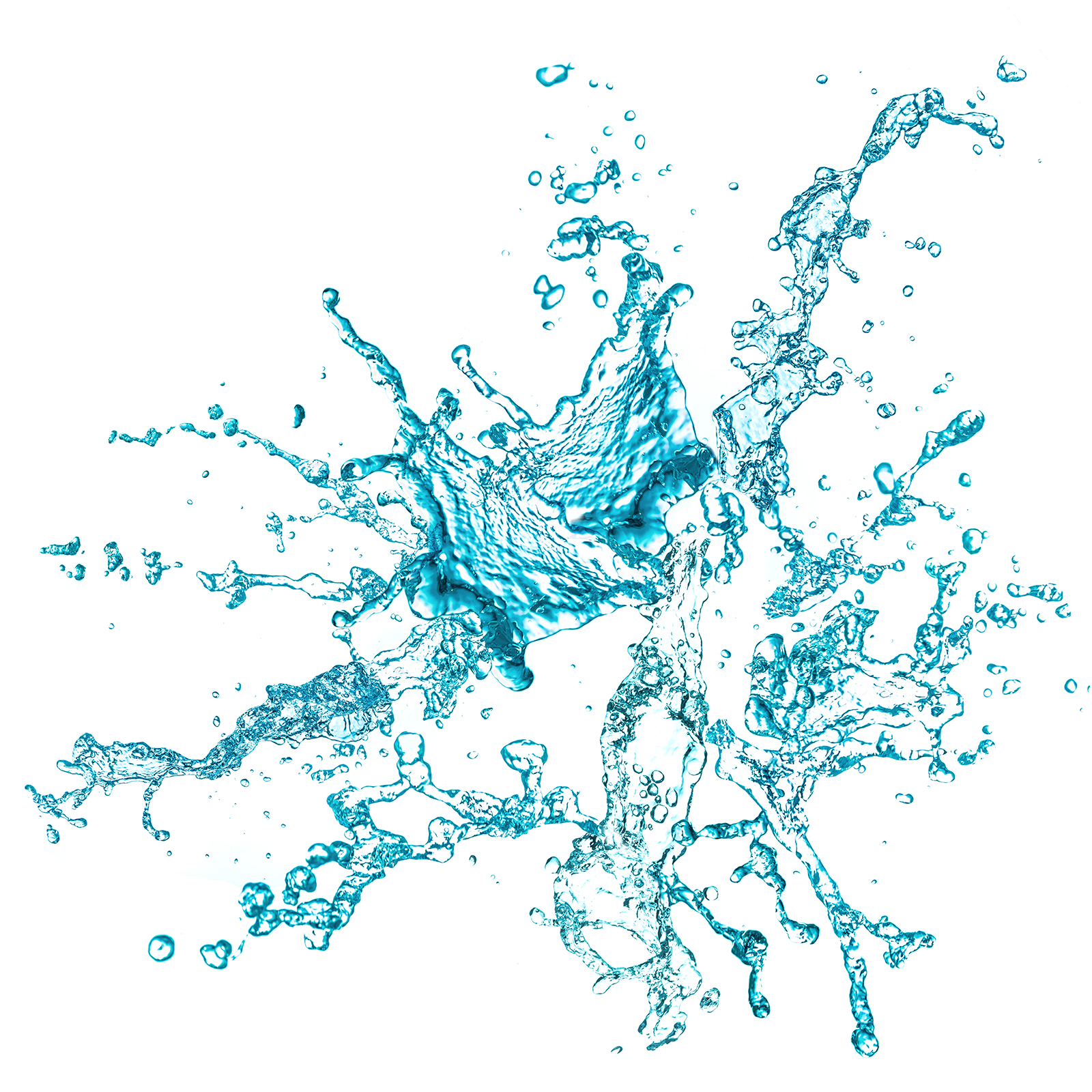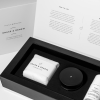We hear everywhere that we need to get rid of them, that they are bad for the environment or that they are of no use. Some say that we cannot do without them and some others say that we should avoid them in our cosmetic products. In fact, the use of silicones is a long and complicated topic that many have talked about without really getting into the details.
Since we like true and neutral information at Taobé, we will expose everything we know down below for your records to help you take the decisions that are best for you.
What are silicones?
Silicones are polymers composed of silica (e.g., sand or quartz) and oxygen.
There are over 4 200 different kinds of silicones that are used in all fields of our lives, like our contact lenses, our tires, certain medications or even in Coca-Cola. They were first used in cosmetics in the 1950’s where we can now find them in almost every type of product.
What are silicones used for?
If we find them a bit everywhere, it’s because they have multiple uses and qualities that haven’t been able to be copied by any other substance to this day. Since silicones can be declined from the most solid state to the most liquid one, they are ideal to give the wanted texture to a product. They are used to make the products with high concentration of powdery elements (like foundations or sun protection) more fluid. They make massages on the face possible before the product is absorbed by the skin and allow a uniform application of a product that would have been sticky without them.
Amongst their other added value, we can list that:
- They are non-toxic for human health, colourless, odourless and non-comedogenic
- They make the waterproof effect possible
- They are inert substances, which means they are non-irritating for every skin type, including the very sensitive ones
- In hair products, they protect hair against external aggressions by covering it with a thin invisible layer. They role is to protect, curve and make the hair shine
- Silicones help maintain the skin moisturised thanks to their semi-occlusive film, which retains water in the skin. It’s particularly useful for dry skins
- It regulates the sebum production, that’s why it’s the oily skins’ best friend
- It protects dyed hair from losing colour and protects from the heat of the hair dryer
- They are fabulous hair detanglers
- As an inert substance, they have absolutely no direct action on the skin, which limits the risk of an allergic reaction
Why are silicones criticized?
From a cosmetology point of view, they are castigated by professionals for their semi-occlusive action, which can be a problem for very oily skins or skins prone to problems since it does not allow it to breathe perfectly and traps toxins that leads to more skin problems. Furthermore, silicones tend to build up throughout use, that’s why it’s vital to double cleanse your face/neck/décolleté when you use them. When non water-soluble silicones build up on the hair too much, they can make it look dull and greasy.
From an ecological point of view, their chemical manufacturing process is polluting, and some silicones are not water-soluble, which means they do not dissolve in water and will take 400 to 500 years to degrade.
To help you find those non water-soluble silicones in the INCI list, please find below a non-exhaustive list:
- Cetearyl methicone
- Cetyl dimethicone
- Cyclopentasiloxane
- Dimethicone
- Dimethiconol
- Phenyl Trimethicone
- Stearyl dimethicone
- Trimethylsilylamodimethicone
How to identify silicones in the INCI list?
Track the words ending in -cone, -conols, -silanes or -siloxanes
A few simple rules to use silicones without suffering from their undesirable effects:
- Avoid them or limit their use if you have a skin prone to problems (try to avoid using several products containing silicones)
- Avoid completely if you are prone to eczema
- Begin to double cleanse your face every day to be sure you have removed every trace of silicone on your skin before the night
- Wash your hair with shampoos containing sulphates to get rid of silicones and avoid they build up on the hair fibre
- Bear in mind that if you apply a product over a product containing silicones, it will not penetrate well due to the semi-occlusive film created on the surface of the skin. Try to use silicones only in the latest layer of products (in your foundation for example)




